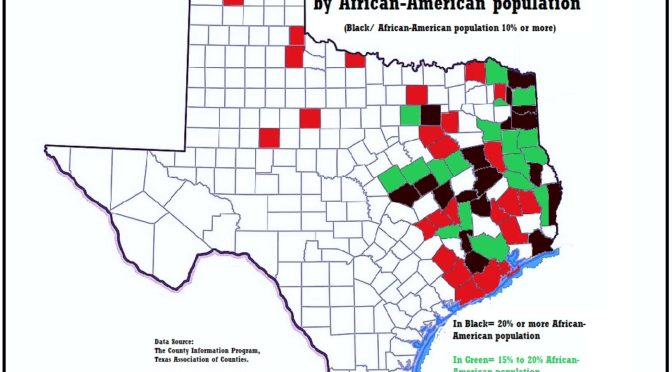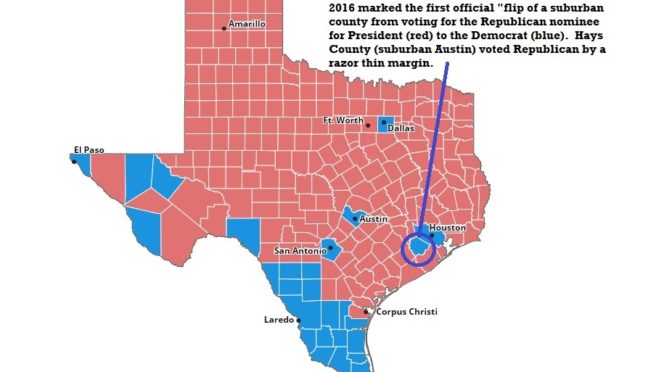Part 2: Lessons For Texas Democrats In Alabama’s Big Victory?
Y'all ready for this Two-Step? Here's Part 1 in case you missed it.
Along with strong support in the suburbs, The incredible surge of African-American voter turnout also proved to be a big boost for Jones. Black voters showed up at historic levels to support the Democrat.
But the key here? It wasn't just turnout … Continue Reading ››

